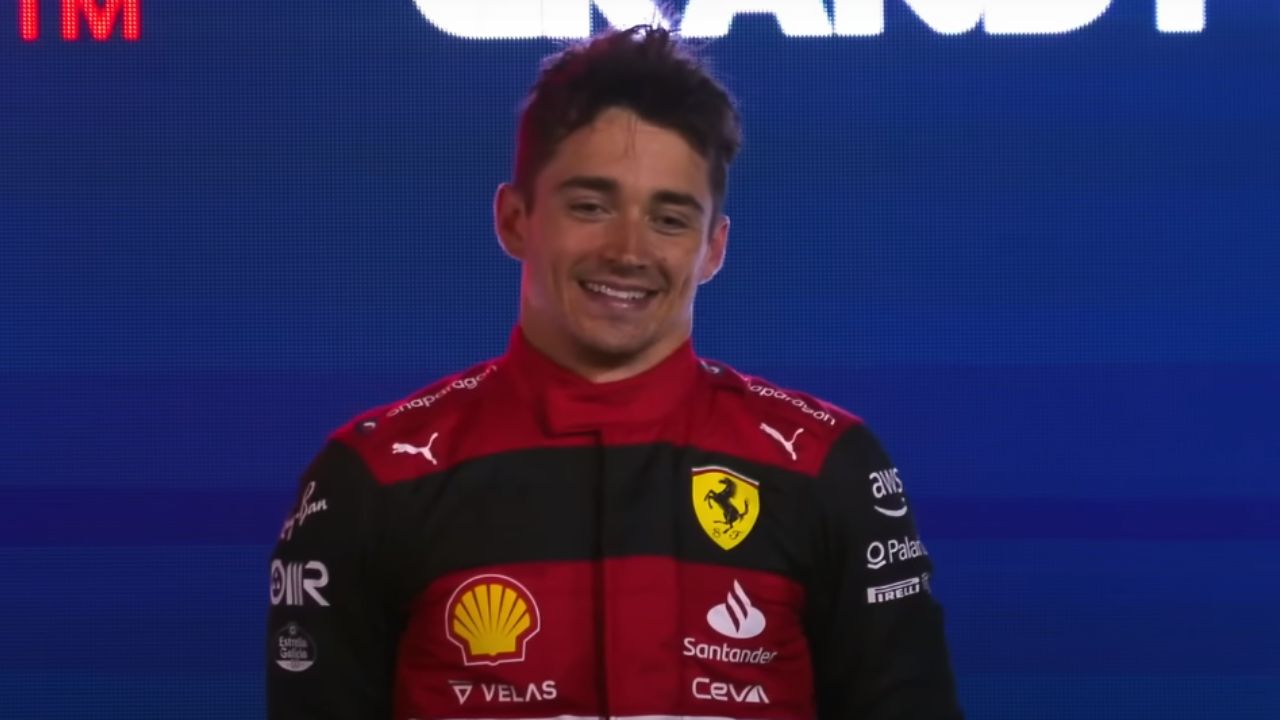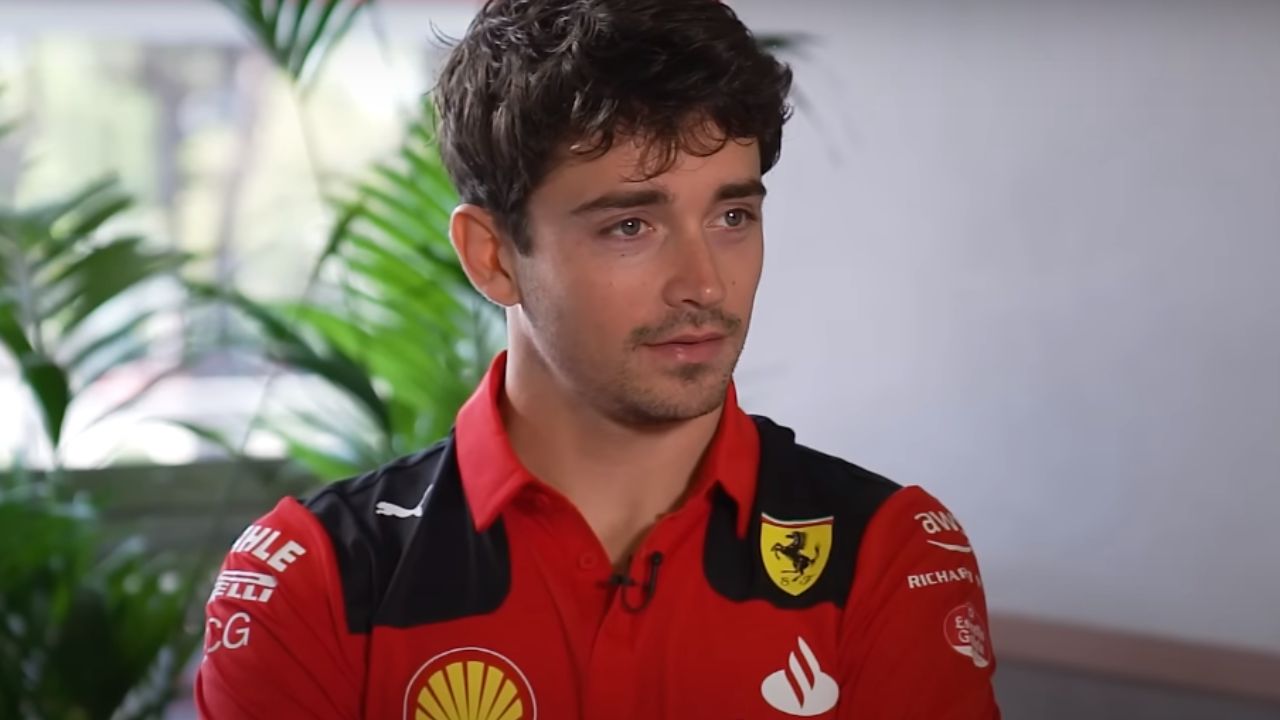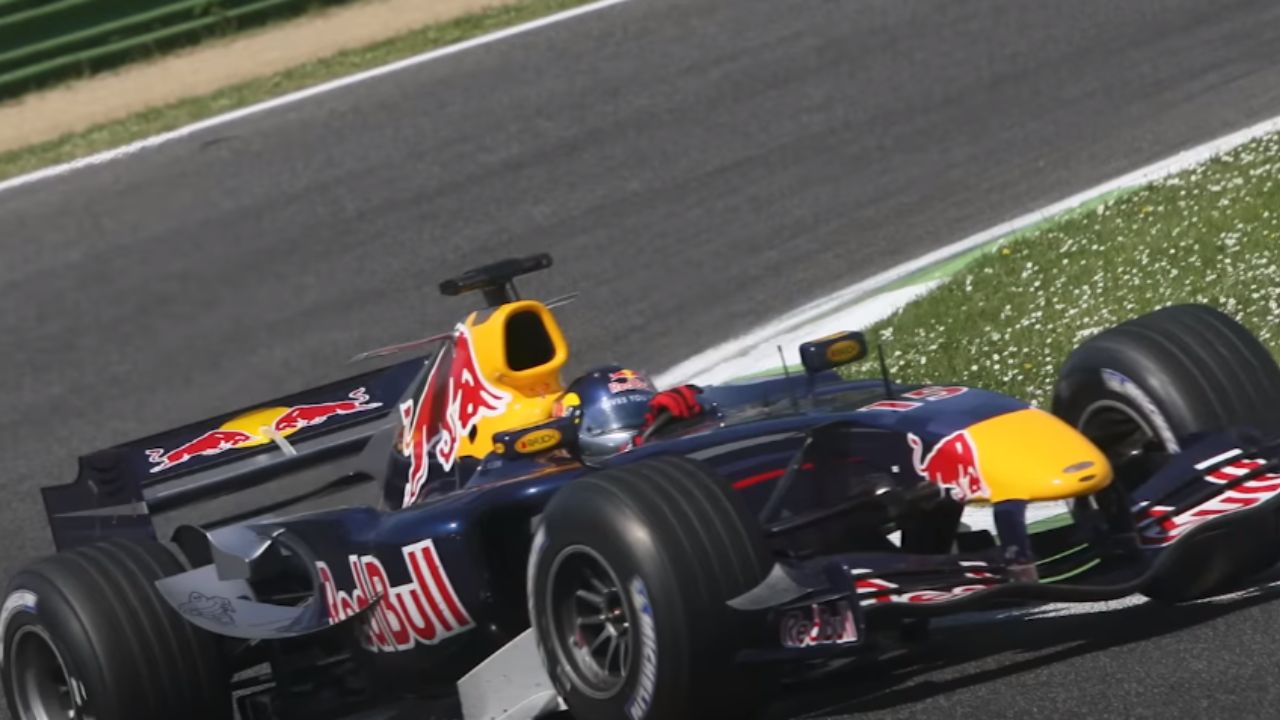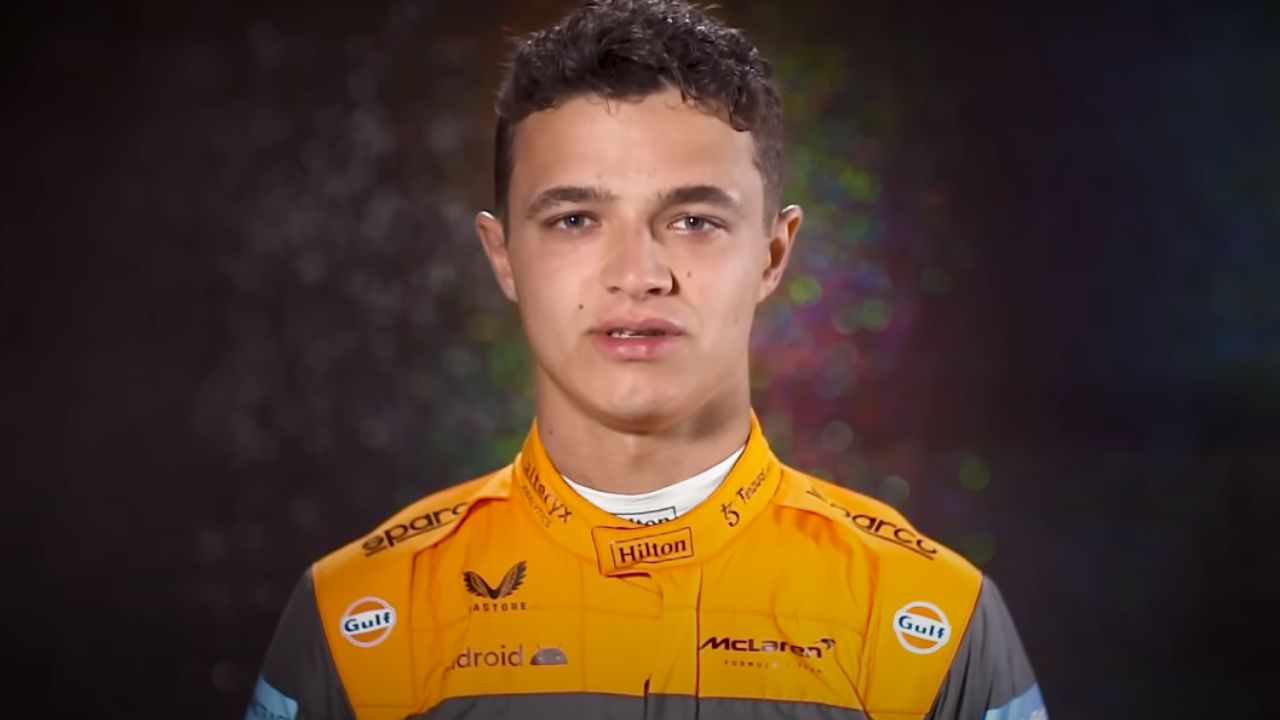Charles Leclerc, the talented Ferrari driver, boasts an impressive yet somewhat enigmatic F1 record. With the most pole positions without a championship to his name, Leclerc’s qualifying prowess is undeniable. Drawing parallels with Max Verstappen’s driving style, the Monegasque driver has often found himself in the limelight for a unique reason—his propensity for crashes. Let’s dive into the nuances of Leclerc’s driving style, the impact of machinery, and the challenges he faces on the track.
Similar Styles, Different Outcomes: Leclerc vs. Verstappen
In the realm of Formula 1, the battle extends beyond the race itself—qualifying sessions often define a driver’s prowess. Charles Leclerc and Max Verstappen share a strikingly similar driving style, favoring a strong front end that makes the car exceptionally pointy. This preference allows them to push the limits, gaining an advantage in acceleration after corners. The similarity in their styles often makes it challenging to predict the outcome in a qualifying showdown.
The Machine Matters: Ferrari vs. Red Bull Dynamics
While driving styles align, the performance disparities between the Ferrari and Red Bull machines significantly impact the drivers’ experiences. Despite their shared inclination for oversteer, Leclerc faces a tougher challenge with the Ferrari’s rear end. The Red Bull, under Verstappen’s control, showcases superior stability even in extreme oversteer conditions. The machinery plays a pivotal role, and Leclerc often grapples with a less forgiving car during qualifying.
Verstappen’s Advantage: Better Machinery, Fewer Crashes
Max Verstappen’s consistent access to superior machinery contributes to his lower crash frequency. The Red Bull’s dynamics offer better responsiveness, especially in oversteer situations. While both drivers push their cars to the limit, Verstappen enjoys a more stable rear end, preventing frequent incidents. Leclerc’s confrontations with the limits of the Ferrari’s setup make his qualifying sessions a high-stakes endeavor.

Albon’s Insights: Verstappen’s Extreme Pointiness
Former Red Bull driver Alex Albon sheds light on the extreme pointiness that both Verstappen and Leclerc seek. While Albon acknowledges a preference for oversteer, he highlights the exceptional level of pointiness demanded by Verstappen. This extreme requirement sets Verstappen apart and often poses a challenge for his teammates. Leclerc’s mastery of oversteer is commendable, but the Ferrari’s characteristics lead to a higher crash frequency.
Interesting article by Alex Albon on his F1 career, including what faces anyone partnering Max Verstappen at Red Bull https://t.co/PTwdtPTBx1 pic.twitter.com/fqRcAg3e84
— Andrew Benson (@andrewbensonf1) February 28, 2023
Tire Degradation Woes: Ferrari’s Achilles Heel
Beyond machinery dynamics, Ferrari’s persistent struggle with tire degradation adds a layer of complexity to Leclerc’s qualifying endeavors. The challenge of converting pole positions into race wins stems from the team’s difficulty in managing tire wear. Verstappen’s efficient tire management contributes to his superior conversion rate, while Leclerc grapples with adapting his driving style to mitigate the impact of tire degradation.
Leclerc’s Adaptability: A Double-Edged Sword
Charles Leclerc’s adaptability is both a strength and a challenge. While he showcases the ability to adjust his driving style, the need for a smoother approach contradicts his natural instincts for extreme pointiness. The ongoing struggle to balance aggressive driving with tire preservation remains a focal point in Leclerc’s journey. The F1 community, while acknowledging his skill, finds themselves puzzled by the dichotomy between pole positions and race victories.






